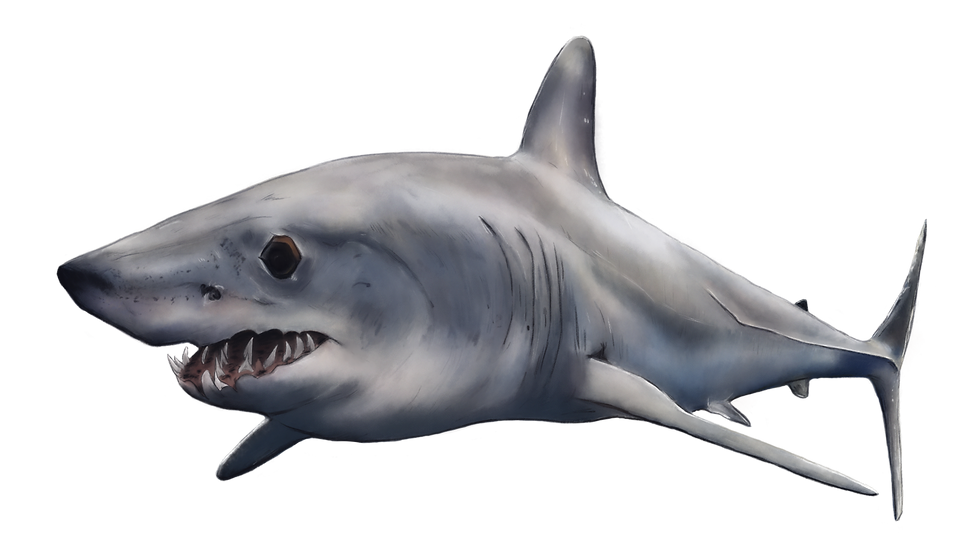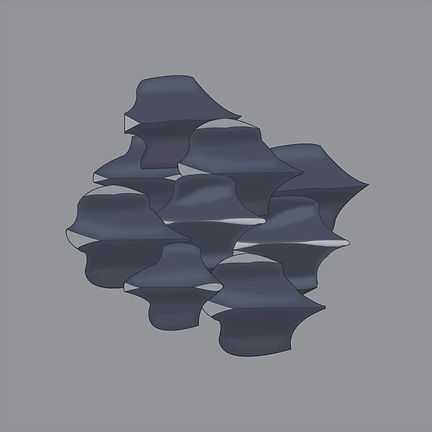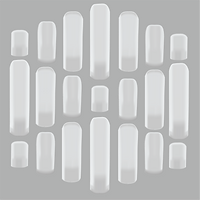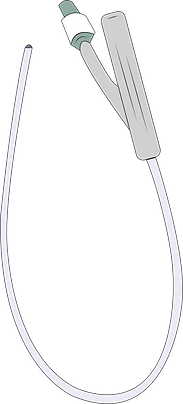Sharks
There are over 500 species of shark. They are an endangered animal.
A pattern on their skin has interesting properties that make it undesirable for bacteria to attach to. Their skin is covered in dermal denticles which reduce drag and prevent biofouling.


All shark species have dermal denticles. They are 'microscale placoids' and are barely visible to the naked eye.
They create a pattern made up of ridges and grooves, giving the shark an overall rough surface. This surface is undesirable to microorganisms. It is difficult for them to attach to it, grow or build-up.
Dermal Denticles
(hover to play)
Anti-bacterial Adhesive
(hover to play)
A patterned surface that reduces bacterial load (similar to the dermal denticles) has been produced. Research is still being carried out on different ways this could be used in healthcare.
Adhesives with this pattern could be applied to surfaces to prevent the spread of infection. Surfaces could also be structurally changed so that the pattern is built-in in the first place.





Surfaces that are touched often in hospitals and other healthcare settings (door handles, bed rails) could be targeted.
This pattern could also be used on surgical instruments to increase sterility or on medical devices (e.g., urinary catheters). There is also some research being carried out into applying this patterned surface to devices and implants used in the body e.g. a knee implant. These have to be replaced after a certain amount of time to prevent biofouling.
To learn more about the current products available, visit the Sharklet Technologies website here. Read about some of the research behind this here or an article here.
[Dundar Arisoy F, et al. Bioinspired photocatalytic shark-skin surfaces with antibacterial and antifouling activity via nanoimprint lithography. ACS Appl. Mater. Interfaces 2018;10(23):20055-20063.]